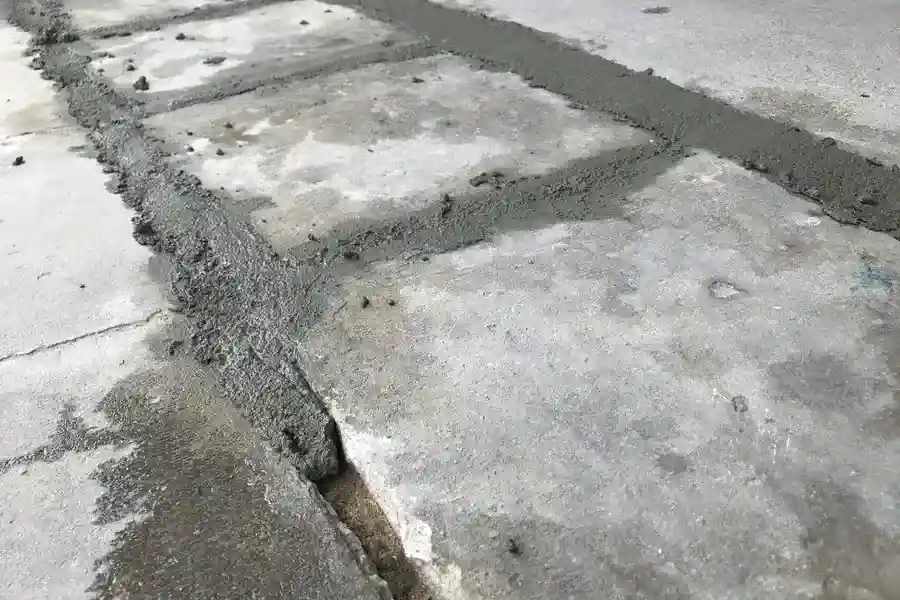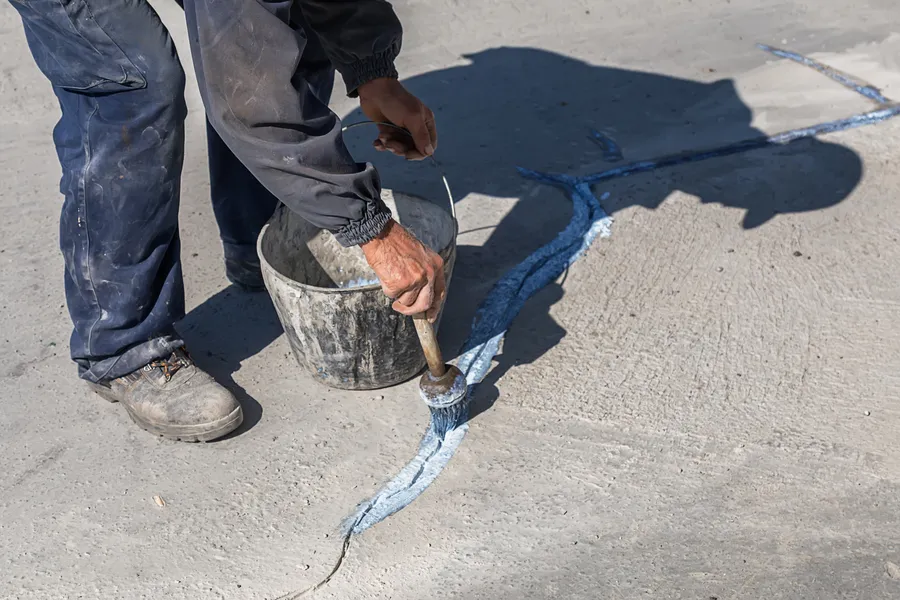How to Identify Concrete Cracks and Repair Them Effectively
A Guide to Recognizing and Fixing Concrete Issues
Concrete is a widely used building material known for its durability and strength. However, over time, it can develop cracks that affect its performance and appearance. Identifying these cracks early and understanding how to address them is crucial for maintaining the integrity of your concrete structures. This guide provides insights into recognizing different types of cracks and offers effective strategies for repairing them.

The Importance of Identifying Concrete Cracks
Early detection of cracks in concrete can prevent larger structural issues. Cracks might appear due to various reasons such as shrinkage, temperature changes, or even poor construction practices. By identifying these imperfections early, you can take proactive steps to fix them, ensuring that the structure remains safe and functional over time.
Types of Concrete Cracks
Understanding the common types of concrete cracks helps in choosing the appropriate repair method. Here are a few typical ones:

- Hairline cracks: These are minor surface cracks that often occur due to shrinkage.
- Structural cracks: Caused by movement in the foundation or load-bearing issues.
- Crazing cracks: Fine, random cracks due to improper curing.
- Expansion cracks: Result from thermal expansion when joints are not installed correctly.
Tools Needed for Concrete Repair
When tackling concrete repair, having the right tools is essential. Some basic tools include a chisel, hammer, wire brush, and a trowel. For more substantial repairs, you might need an epoxy injection kit or a concrete resurfacer mix. Ensuring you have these tools handy will make the process smoother and more efficient.
Step-by-Step Guide to Concrete Crack Repair
Repairing cracked concrete involves several critical steps. Follow this simple guide to start fixing those cracks effectively:
- Clean the area: Remove dirt and debris from the crack using a wire brush and water.
- Prepare the crack: Use a chisel to widen the base of the crack slightly, creating a V-shape for better adhesion.
- Apply bonding agent: Brush on a concrete bonding agent to ensure strong adherence between old and new material.
- Fill the crack: Use a suitable patching compound or concrete mix to fill the crack smoothly with a trowel.
- Seal the surface: Once filled, apply a sealant to protect against moisture ingress.
Preventive Measures Against Future Cracks
You can minimize the occurrence of future cracks with these preventive measures:
- Ensure proper drainage around your concrete structures to avoid water buildup.
- Regularly seal your concrete surfaces to protect them from moisture penetration.
- Avoid excessive weight on concrete surfaces by distributing loads evenly where possible.
The Role of Professionals in Effective Repairs
While many small repairs can be done independently, certain situations call for professional intervention. Experts possess specialized knowledge and equipment that ensure thorough inspection and effective repair methods beyond basic DIY approaches. Engaging with professionals guarantees quality results, prolonging the lifespan of your concrete structures.
Your Reliable Partner for Concrete Solutions
If you’re facing challenges with damaged concrete, don’t hesitate to reach out to JJ Handyman for expert assistance. Based in Herndon, VA, our skilled team offers comprehensive services tailored to meet your specific needs. Call us at (703) 926-6704 today to discuss your project and learn more about how we can help you preserve your property’s value with long-lasting solutions.